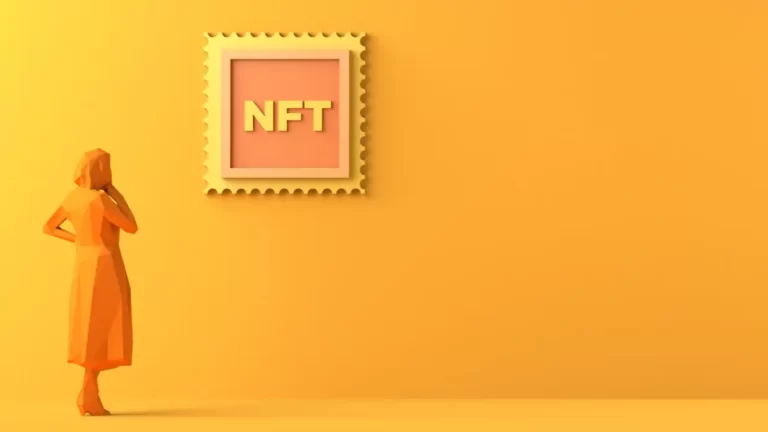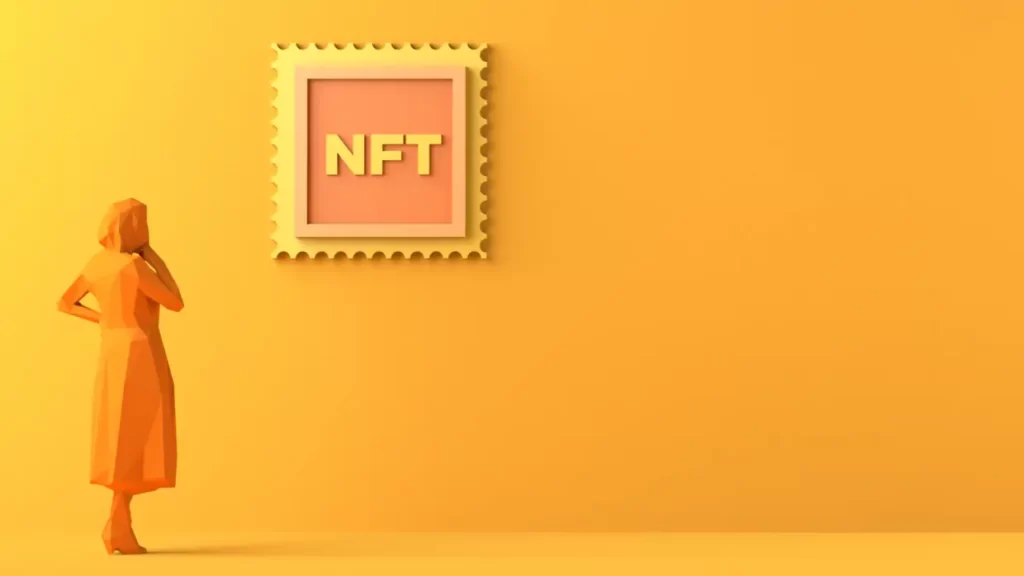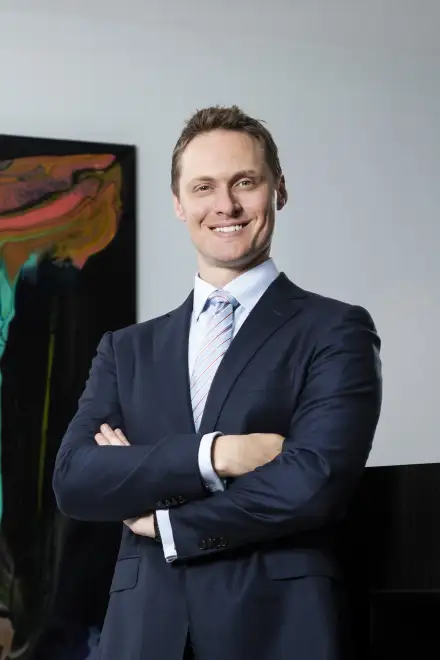
Against a backdrop of recent market volatility, the world of NFTs is undergoing something of a consolidation.
The AFL recently revealed it will release a new batch of NFTs, hoping the game can cash-in on collectors who are looking to buy the digital equivalent of modern day trading cards; while eBay bought NFT marketplace KnownOrigin to help its customers trade digital assets.

Meanwhile, KPMG launched a Metaverse Collaboration Hub to help its customers “operationalise their Metaverse journey”; and Australia-based, global NFT marketplace Magic Eden raised $187 million at a total valuation of over $2 billion.
Charmyn Ho, head of crypto insights at cryptocurrency and NFT exchange Bybit says the concept behind NFTs has the potential to completely disrupt the way we trade and provide goods and services.
“One of the issues with the current “Web2″ internet is that it makes everything fungible — content or IP can be copied, infinitely, which devalues assets and creative items of value such as music and writing,” says Ho.
“By making things non-fungible, NFTs have found a way to represent scarcity on the internet. There is only one NFT and one owner.”

“NFTs represent ownership digitally on a blockchain, which means ownership and provenance can be independently verified with a few clicks, and the item can be traded digitally with anyone globally,” says Ho.
“NFTs can be used as collateral to take out loans, and even bundled together into a vault with tokens issued for sale backed by the value of the vault, similar to gold ETFs.”
“We expect NFTs to replace contracts and deeds in the future. For example, real estate ownership will be conferred by transferring an NFT between parties.”
This functionality is already in use for the current crop of NFTs with expensive NFTs being used as collateral for loans. However, in theory, this process could be used for anything.
“The main hurdle to mass adoption is the development of the regulatory and digital infrastructure to accommodate the technology, and that will take some time.”
Bybit recently released GrabPic, which allows the firm to offer exclusive NFT projects from crypto-native and traditional artists, GameFi, and metaverse projects.
“It’s a specialised portal on the Bybit NFT Marketplace, and allows artists to enter the NFT space with minimal technological barriers,” she says.
Innovations outpace investors
In 2022, Bybit became the principal crypto partner for the F1 team Oracle Red Bull Racing.
The firm has launched several NFTs with Oracle Red Bull Racing, including the Playseat Auction at the Monaco Grand Prix where the winner won the physical playseat as well as an NFT playseat.
“And for our annual World Series of Trading event this year, we augmented our record-breaking $8 million prize pool with over 1000 bonus NFT prizes, which included “blue chip” collections such as CloneX and Mutant Ape Yacht Club NFTs.”
Ho says because NFTs are so new, highlighting the opportunities for investors and establishing trust and reassurance are primary.
“That means there is a big need for education and awareness,” says Ho.
“In any nascent market, and especially digital ones, the speed of innovation can rapidly outpace investors and regulators.”
“It’s up to trusted players like Bybit, to lead the way, highlight the huge potential, and provide a safe and trusted marketplace for investors and contributors. Which is exactly what we are doing.”
The real opportunity with NFTs is that they are here to stay.
“Now is the ideal time to learn and get ahead of the curve,” she says.
In 2021, the global NFT market was $US15.54 billion and is expected to exceed $US210 billion by the end of the decade – a CAGR of 33.9 per cent, she says.
“This is due to the growing global demand for exclusivity. NFTs are unique, transparent and cannot be distributed among multiple owners – which also helps reduce the risk of fake NFTs and ensure buyer safety.”
As for where to invest, as with any potentially volatile market there are boundless buy-low, sell-high opportunities as well as pockets of stability, she says.
“The digital art market is the most stable, while highly liquid ‘blue chip’ NFTs are likely to hold their value.
“As some of these collections command the same value as five-bedroom houses, there are also ETFs that track NFT collections, which can be a good way to get exposure to this new asset class.”
Due diligence
NFTs provide many opportunities for Australian investors that meet a variety of risk profiles, says Ho.
“In the short-term, six to 23 months, as with any potentially volatile market there are boundless buy low, sell high opportunities as well as pockets of stability.
“The digital art market is the most stable, while highly liquid ‘blue chip’ NFTs (such as Cryptopunks, World of Women, and Pudgy Penguins) are likely to see appreciation.
“Finally, as the world shifts to Web3 and the metaverse, NFTs will develop even further, with their unique ability to transcend the real and virtual world, provide exclusivity and engagement, and provide even greater tangible and intrinsic investment potential.”
Whether you are an investor or an art collector, chances are you are going to be acquainted with NFTs soon, says Ho.
“NFTs provide an innovative and engaging way for people to buy and sell creative works, enjoy fan club membership, get exclusive tickets and, perhaps in the near future, register property transactions, promising to be part of the key infrastructure of the future of Web3.”
Michael Bacina, a director of Blockchain Australia, the nation’s peak blockchain body, and a digital asset lawyer at Piper Alderman, says the NFT space is “probably the most exciting development using blockchain and Web3”.

“Non-fungible tokens sold as collectibles are easily very identifiable for what they are. For example, a digital collector card of a famous football player is readily comparable to the physical collector card that many of us amassed in our childhood,” says Bacina.
He says fractionalised funding is a “massive movement” that is coming.
“There’s already been many projects trying to fractionalise real estate, and funding of movies.
“We’re seeing some really creative ideas coming out involving NFTs including pre-selling digital frames of an actual movie as collectibles.
“Similarly, there are music platforms looking to create automated licensing using NFTs to make copyright approvals and usage cheaper and faster.”
He urges anyone considering collecting NFTs to “put in serious time” and get to know what they are buying.
“For those who are putting in the hard work to understand what they are collecting and what could be popular in the future – maybe they can find diamonds in the rough,” he says.
“But by no means is this a get rich quick scheme. Most NFT collectibles have gone down in value and finding those which might go up requires time and expertise.”
“In the collectible space NFTs in many ways represent the opposite of the kind of volatility Bitcoin and cryptocurrencies are known for, and mainstream digital collectibles are an exciting new product in the crypto space.”
Follow us:
Website: https://jeritexeu.com
Telegram: https://t.me/jeritex
Telegram: https://t.me/jeritexgroup
Twitter: https://twitter.com/jeritex
Facebook: https://www.facebook.com/Jeritex/